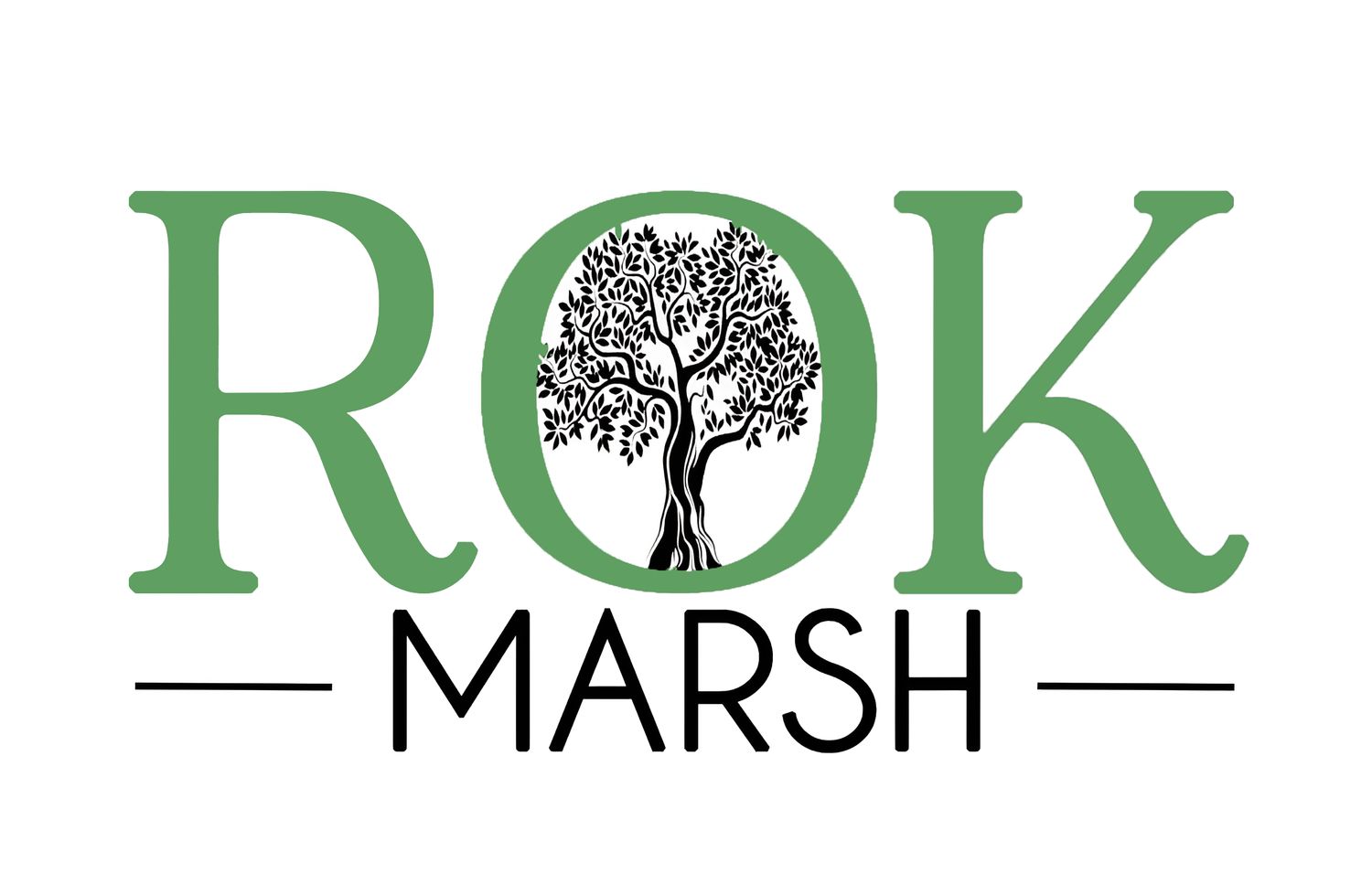Should I opt for a 2-year or 5-year fixed rate?
Navigating Mortgage Options: The Pros and Cons of Two-Year and Five-Year Fixed Rates
When it comes to choosing a mortgage, the decision between a two-year and a five-year fixed rate can be daunting. Each option has its own set of advantages and disadvantages, influenced by current market conditions and personal financial goals. Here’s a breakdown to help you make an informed decision.
The Pros and Cons of Two-Year Fixed Rates
Currently, two-year fixed rates are more expensive than their five-year.
However, with expectations that interest rates might fall in the near future. Opting for a two-year fixed rate now means paying a higher rate for a shorter period of security. The upside is the flexibility to reassess your mortgage without penalties after two years. If interest rates decrease, this could allow you to switch to a more favorable rate.
It’s important to consider early repayment charges (ERCs) when thinking about two-year deals. These penalties for exiting a mortgage early typically decrease over time. Leaving a two-year fixed rate before its term ends generally incurs lower ERCs compared to a five-year fixed rate, due to the shorter remaining period.
The Pros and Cons of Five-Year Fixed Rates
Five-year fixed rates offer the benefit of budget stability over a longer period, which can be particularly reassuring in an unpredictable market. This type of mortgage may help with budgeting, helping you manage your finances without worrying about rate fluctuations for five years.
The downside is that you won't benefit from any interest rate drops during the fixed period. If rates fall significantly, you would need to calculate whether it’s worth switching early and paying the ERCs. Even then, you will face a penalty for breaking the mortgage term early.
Choosing the Right Option
Deciding between a two-year and a five-year fixed rate should not solely be based on interest rate predictions. Many borrowers are opting for two-year fixes despite the higher costs, hoping to take advantage of potential rate drops in the future. However, this is a gamble. If rates don't drop, or if they rise, borrowers might regret not choosing the longer-term stability of a five-year fixed rate.
Those who prefer certainty and stability might lean towards a five-year fixed rate, feeling confident that they are protected from rate increases for a longer period. On the other hand, those willing to take a risk in the hope of benefiting from future rate cuts might choose a two-year fixed rate.


